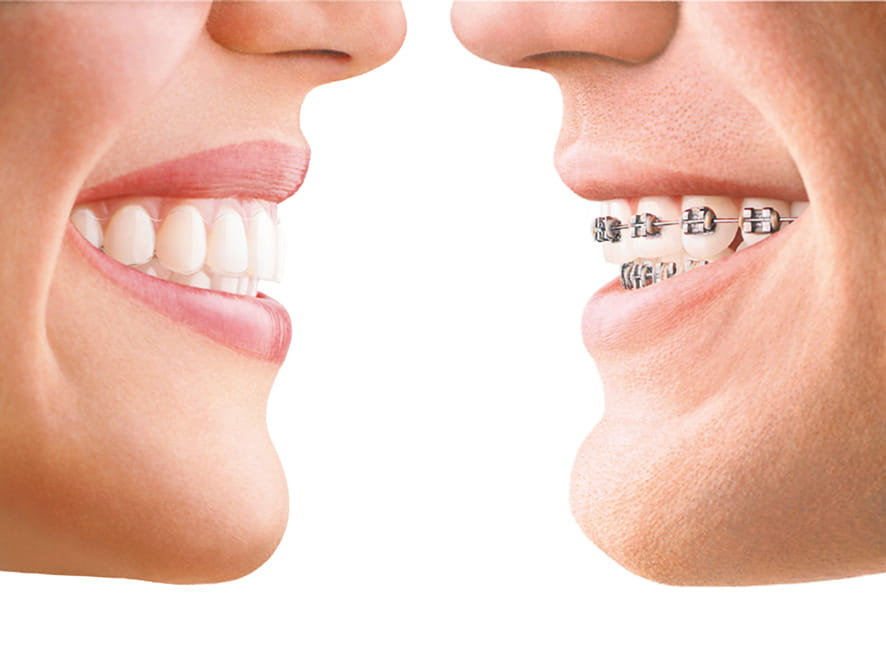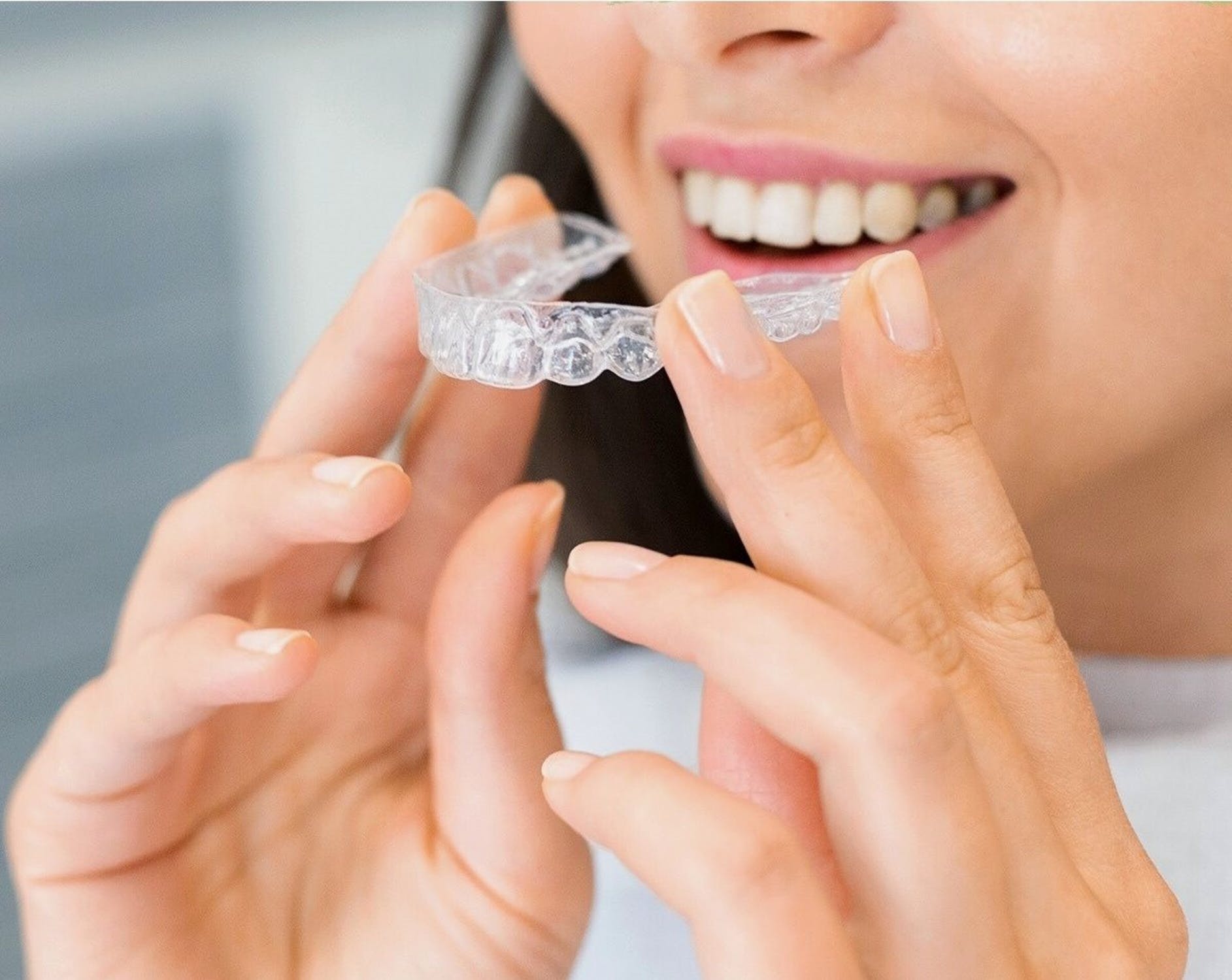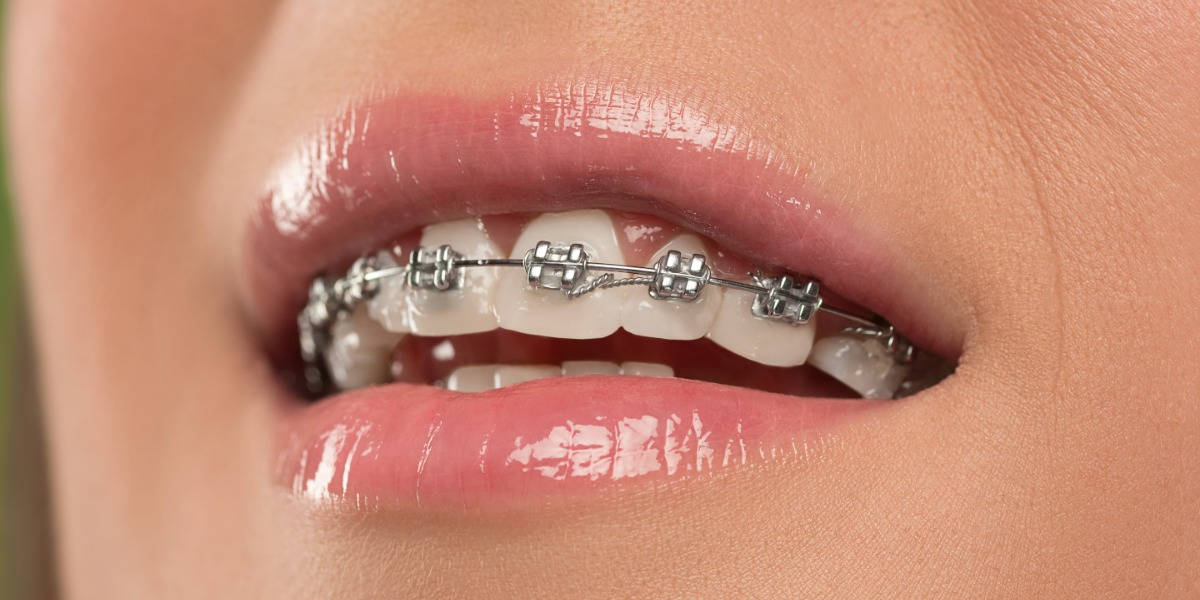Choosing the right orthodontic treatment is a significant decision that can impact both your oral health and your overall confidence. In the debate of Invisalign vs Braces, many individuals find themselves weighing the advantages and disadvantages of each option. As you consider your journey towards a straighter smile, it’s essential to understand the key differences between these two popular methods. This post will provide valuable insights into both Invisalign and traditional braces, helping you make an informed choice with the guidance of your dental clinic.
what is invisalign vs braces?
Invisalign uses clear,plastic aligners that you simply snap on your teeth. They’re custom-made for your mouth and gradually shift your teeth into place. They are removable, so you can take them out when eating or cleaning your teeth. Learn more about Invisalign and why it’s becoming the go-to choice for clear braces.
Traditional braces use metal or ceramic brackets glued to your teeth. Wires connect these brackets, and they gently pull teeth into alignment. Braces stay on your teeth for most of the treatment period. Have questions about braces or aligners? Speak with a dental professional to explore your best options.
Both systems work by applying gentle pressure to move teeth gradually. Invisalign does it with a series of custom aligners, while braces use fixed brackets and wires.
Evolution and Technological Advancements in 2025
Invisalign has improved with smart aligners that adjust based on how your teeth respond. Digital scans now replace messy impressions, making the process cleaner and faster.
Braces have become more comfortable with self-ligating brackets that don’t need elastic ties. Ceramic options blend better with teeth for a discreet look. These innovations mean better results, less discomfort, and a more pleasant experience.
Invisalign Pros and Cons
Invisalign works best for mild to moderate cases. If your teeth have gaps, slight crowding, or minor protrusions, it’s a good pick. It’s less effective for complex bite issues or severe teeth misalignment.
Experts say Invisalign is reliable but not suited for every problem. For minor corrections, it’s fast and efficient. For more complex cases, you might need braces.
Braces pros and cons?
Braces handle complex orthodontic issues much better. If your bite is off or you have severe crowding, braces often deliver better results. They are also good for impacted teeth or jaw discrepancies.
Studies show braces can correct complicated issues where Invisalign might struggle. They offer versatility for tough cases, making them the go-to choice for many specialists.
Invisalign vs Braces: Which Option Is More Comfortable?
Aesthetic Benefits of Invisalign
Since Invisalign aligners are clear, hardly anyone notices them. They are almost invisible, which makes social moments easier. Patients love how discreet they are, especially adults and teens.
Comfort and Convenience
Invisalign is gentle and doesn’t have wires or brackets that poke inside your mouth. You won’t get sores or irritation often linked to braces. Because aligners are removable, brushing and flossing are simpler.
Wearing clear aligners slightly alters your routine but gives you more control. Just remember to keep them in for 20-22 hours daily for the best results. Discover more about cleaning and maintaining your Invisalign aligners for long-lasting results.
Brace Comfort and Maintenance
Braces can cause discomfort, especially after adjustments. You might feel sore or have mouth sores from metal rubbing against soft tissues. Cleaning braces requires special tools and routines to prevent plaque buildup.
Regular brushing, avoiding sticky or hard foods, and following your orthodontist’s advice keep your mouth healthy during treatment.
Cost Analysis of Invisalign vs Braces in 2025
| # | Treatment Type | Average Cost (USD) | Upper Range (USD) |
| 1 | Traditional Braces | 2500 | 7000 |
| 2 | Ceramic Braces | 4000 | 8000 |
| 3 | Invisalign | 3000 | 8000 |
Insurance plans often cover part of the expenses, but coverage varies. Some clinics offer payment plans or discounts, making treatment more accessible.
Treatment Timeframes
Invisalign usually takes 6 to 18 months. Braces generally need 12 to 24 months or longer for complex problems. The severity of the issue, age, and how well you follow instructions influence how long your treatment lasts.
To speed up progress, wearing aligners as prescribed and attending regular checkups are essential.
Lifestyle and Compliance
Daily Life Impact
Braces can limit what you eat—sticky, crunchy foods are off-limits. You may also need to avoid certain snacks to prevent damaging the wires or brackets.
In contrast, Invisalign’s removable aligners let you eat and drink anything without restrictions. They are perfect for active lifestyles, sports, or playing wind instruments.
Importance of Patient Compliance
Aligners must be worn for 20-22 hours daily. Skipping days reduces their effectiveness and can extend your treatment.
Staying disciplined and following your orthodontist’s instructions is key. Using a reminder app or keeping your aligners in a dedicated case helps stay on track.
Expert Recommendations and Future Trends
Insights from Orthodontic Specialists
Most experts recommend braces for severe cases and Invisalign for simpler corrections. The decision depends on your specific needs, age, and preferences.
A consultation with a professional assures you understand what will work best for your smile. They can recommend the right method based on your teeth’s condition.
Emerging Technologies in 2025
Innovations like AI help predict how your teeth will move with different treatments. 3D printing creates precise aligners and braces. Digital smile designs let you see what your new smile will look like before starting. These advancements promise even faster, more comfortable treatments in the future, giving you more options.
Conclusion
Choosing between Invisalign and braces depends on your dental issues, lifestyle, budget, and preferences. IAccording to the American Association of Orthodontists, both braces and Invisalign are effective solutions when supervised by a licensed orthodontist.nvisalign offers a discreet, comfortable approach for minor to moderate issues. Braces are the more effective choice for complex corrections and severe misalignments.
The key is to consult an experienced orthodontist. They can guide you toward the best method tailored to your needs. Don’t wait—schedule a consultation today and start your journey toward a confident, healthy smile!
Make your choice wisely, and step into the new year with a brighter, straighter smile.
Frequently Asked Questions
1. Which is better: Invisalign or braces?
It depends on your dental needs. Invisalign is often preferred for mild to moderate alignment issues and for its nearly invisible appearance. Braces, on the other hand, are more effective for complex corrections and are generally more affordable.
2. How long does Invisalign take compared to braces?
Invisalign treatment typically takes 6 to 18 months, while traditional braces may require 12 to 24 months. However, the timeline varies based on the complexity of your case and how consistently aligners are worn.
3. What’s the cost of Invisalign and braces?
In most cases, the cost of Invisalign vs braces is similar. Invisalign generally ranges from $3,000 to $8,000, while braces range from $2,500 to $7,500, depending on the treatment plan and your location.


